President's Message - December 2005
Knowing Mathematics for Teaching Mathematics
KATHY KUBOTA-ZARIVNIJ
kkz@oame.on.ca
How's your school year going so far? What mathematics have you been doing lately? Are you thinking that you were doing mathematics when you were teaching mathematics lessons? When you read mathematics teacher's guides and student textbook pages were you engaging in some mathematical thinking? When you were making sense of student problem solutions, how were you using mathematics to understand student learning? Or, when was the last time you solved mathematics problems yourself, for your teaching, for your learning, or for the simple intrigue and joy of it?
As this is my third president's message, I'd like to spend some time with you, doing and thinking about mathematics within the context of the ideas highlighted in my previous president's messages. In my first president's message, I introduced the five key conditions of a complex learning system (i.e., internal diversity, redundancy, decentralized control, organized randomness, neighbour interactions), in terms of the structure and activities of the OAME community. In my second president's message, I introduced and outlined the purpose, structure, and content of OAME's latest professional development resource, Growing Up Mathematically.
In this president's message, I am inviting you to engage fully in mathematical thinking and doing, as a means of furthering your experiences and insight into the range of K to 12 mathematics. John Mason (2005) explains full mathematical engagement as ''actively doing such things as jotting own ideas, doing tasks and constructing your own examples, trying to make connections, getting involved in detail, standing back to get the big picture, explaining what you are doing or trying to do to someone else; being prepared to struggle; acknowledging feelings'' (p. x). Also, by doing mathematics yourself, rather than reading and hearing about mathematics, you will have the immediate experience upon which to consider your own mathematics content and pedagogical knowledge needed for teaching mathematics to students. So, get some colleagues together from your division or department and let's do math!
Let's Do Math! Developing a K to 12 Mathematics Sense To Understand Student Learning
Here is a problem to solve. It has been popularized throughout our mathematics community, during professional learning sessions about Japanese lesson design and lesson study lead by Akihiko Takahashi and Makoto Yoshida. Consider the questions and comments below as my voice in our mathematical conversation. Here's the problem.
How many boys? How many girls? Show several different solutions.
Understand the Problem
What does the problem ask you to do? What are the mathematical ideas and details in the problem? What relationships between the ideas and details do you need to pay attention to as you plan to solve the problem?
Predicting the Range of Possible Solutions
What solutions are you imagining to be possible as you make sense of the problem? It turns out that solutions to this problem include a range of mathematics from grade 2 (solve problems involving the addition and subtraction of two-digit numbers with and without regrouping; collect and organize primary data in charts) to grade 10 (solve systems of two linear equations involving two variables, using the algebraic method of substitution or elimination).
So, now that you know the range of possibility, what are some of the different solutions to this problem?
Click here to view entire message in PDF format.
Previous Message:
Introducing ... "Growing Up Mathematically," OAME's Vision for Learning Mathematics!!
Next Message:
Knowing and Learning Mathematics for Teaching

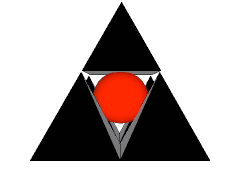







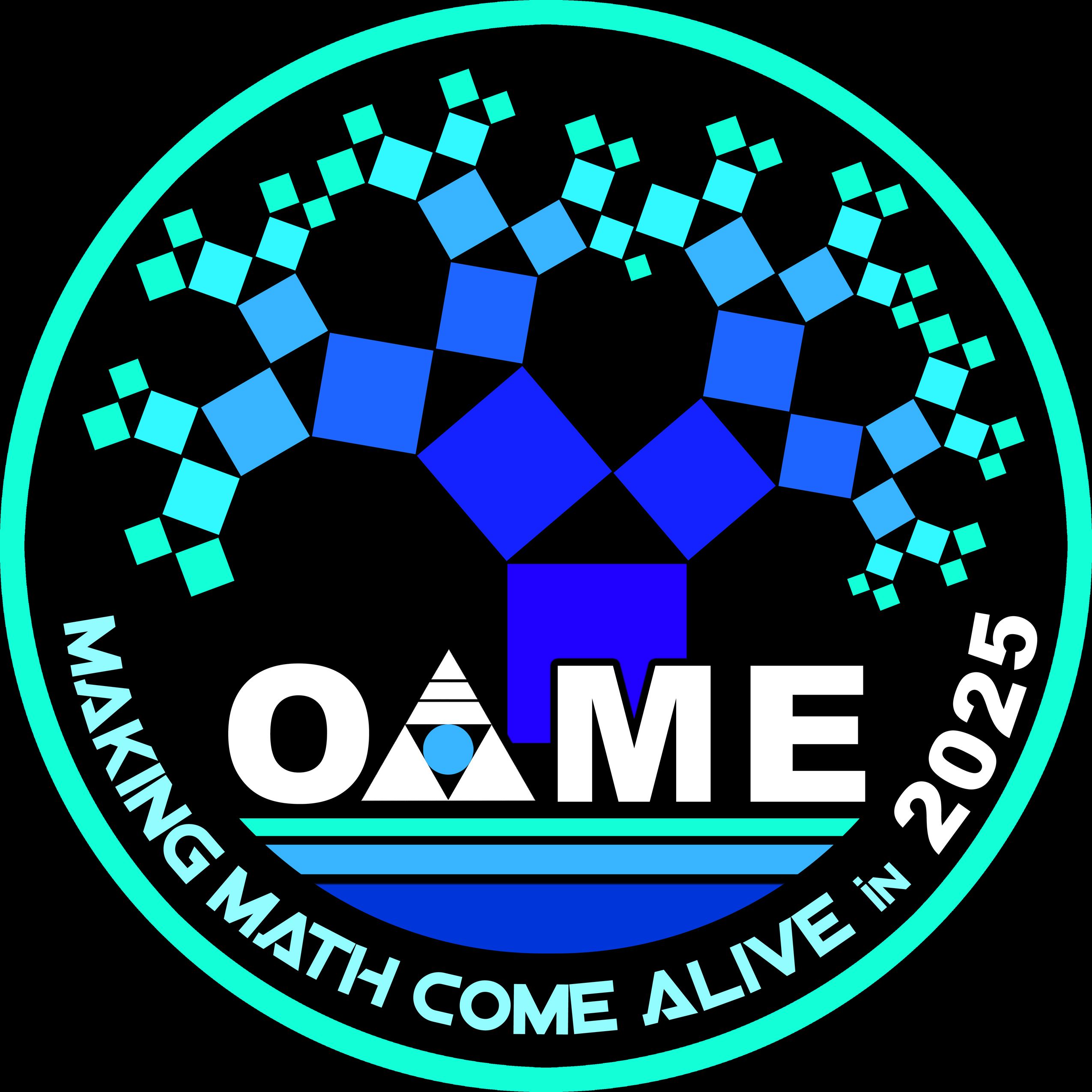
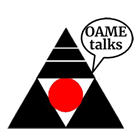
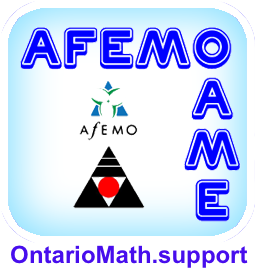
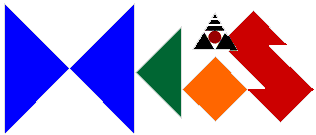





 Like us on FaceBook
Like us on FaceBook